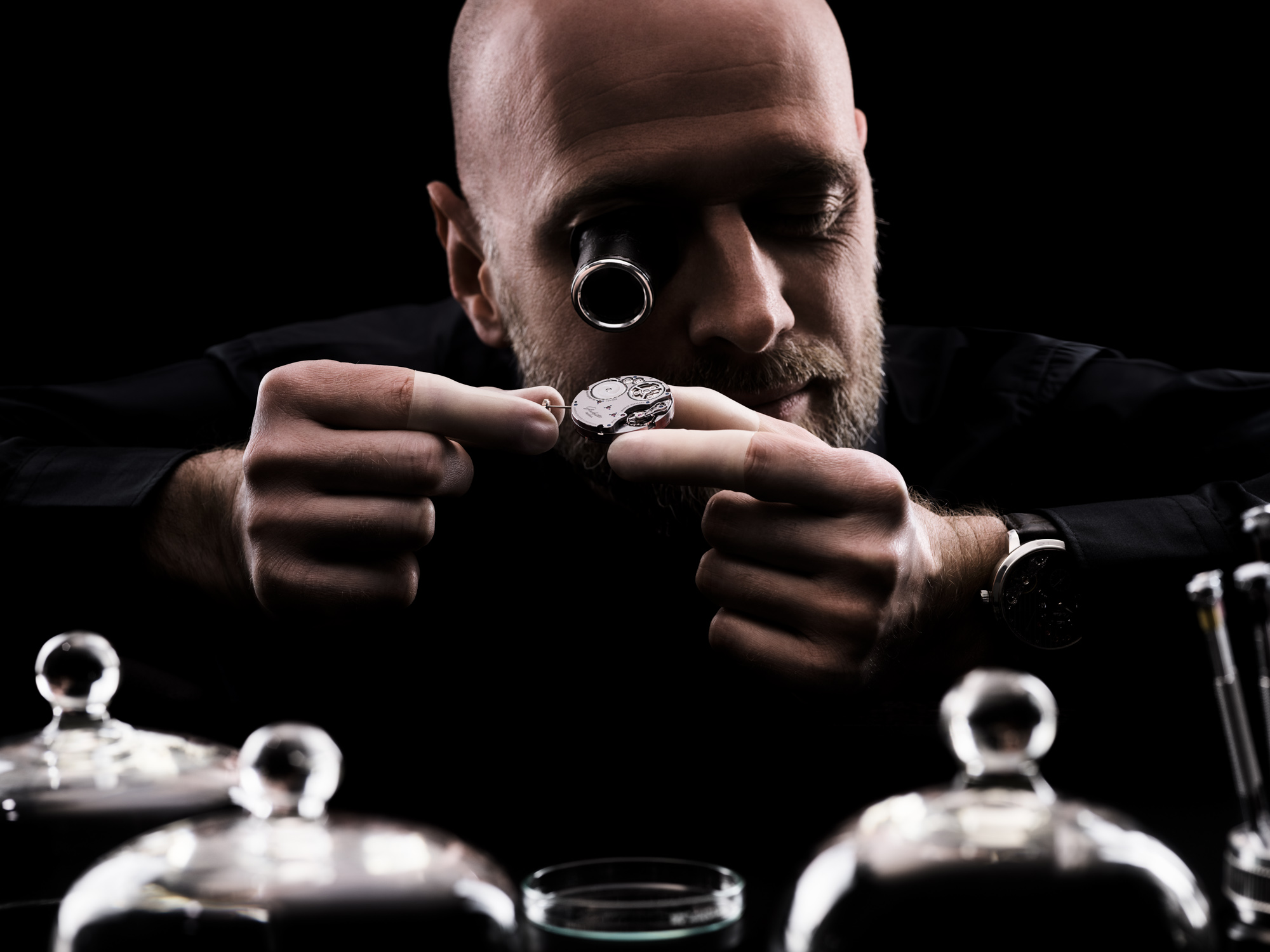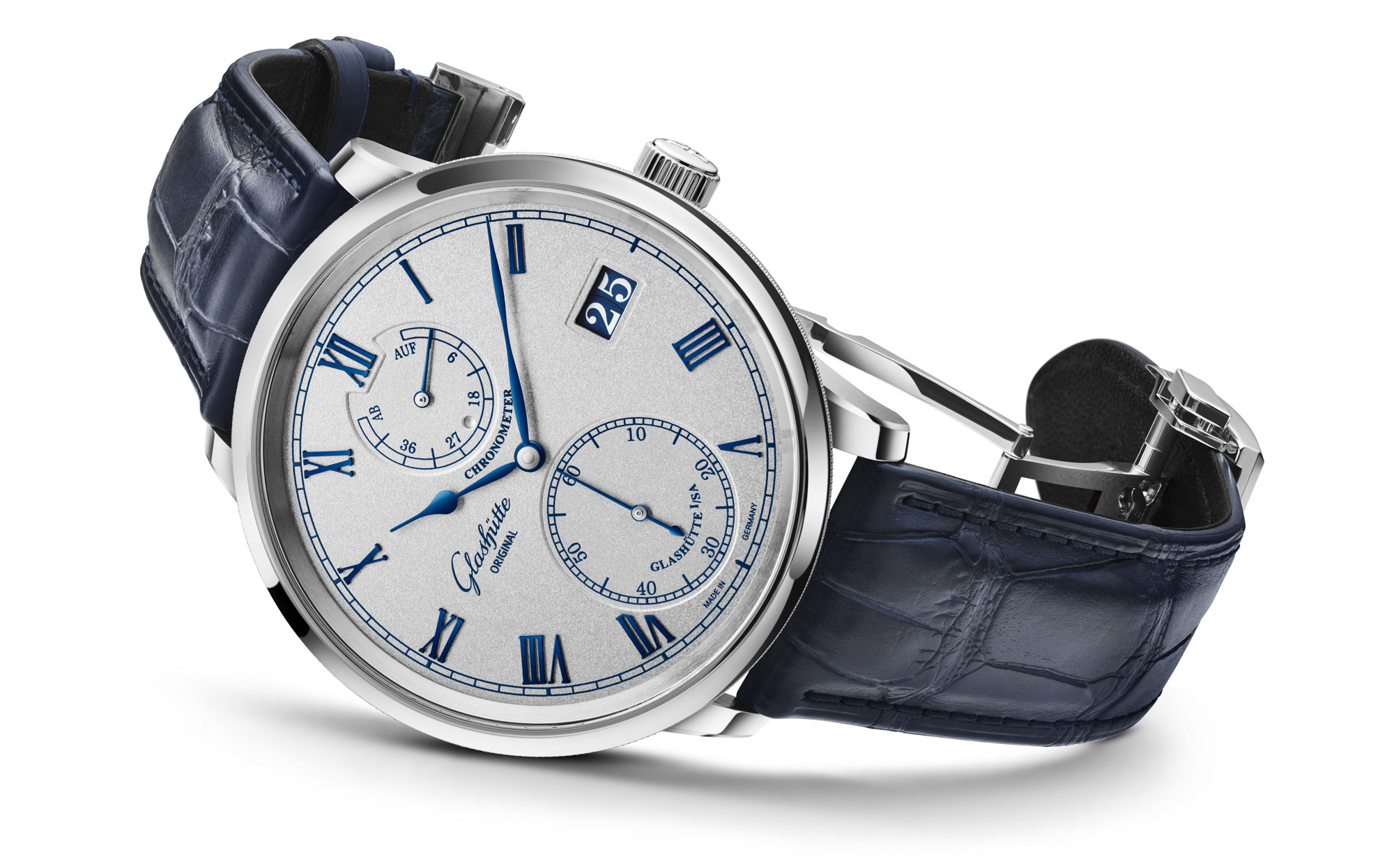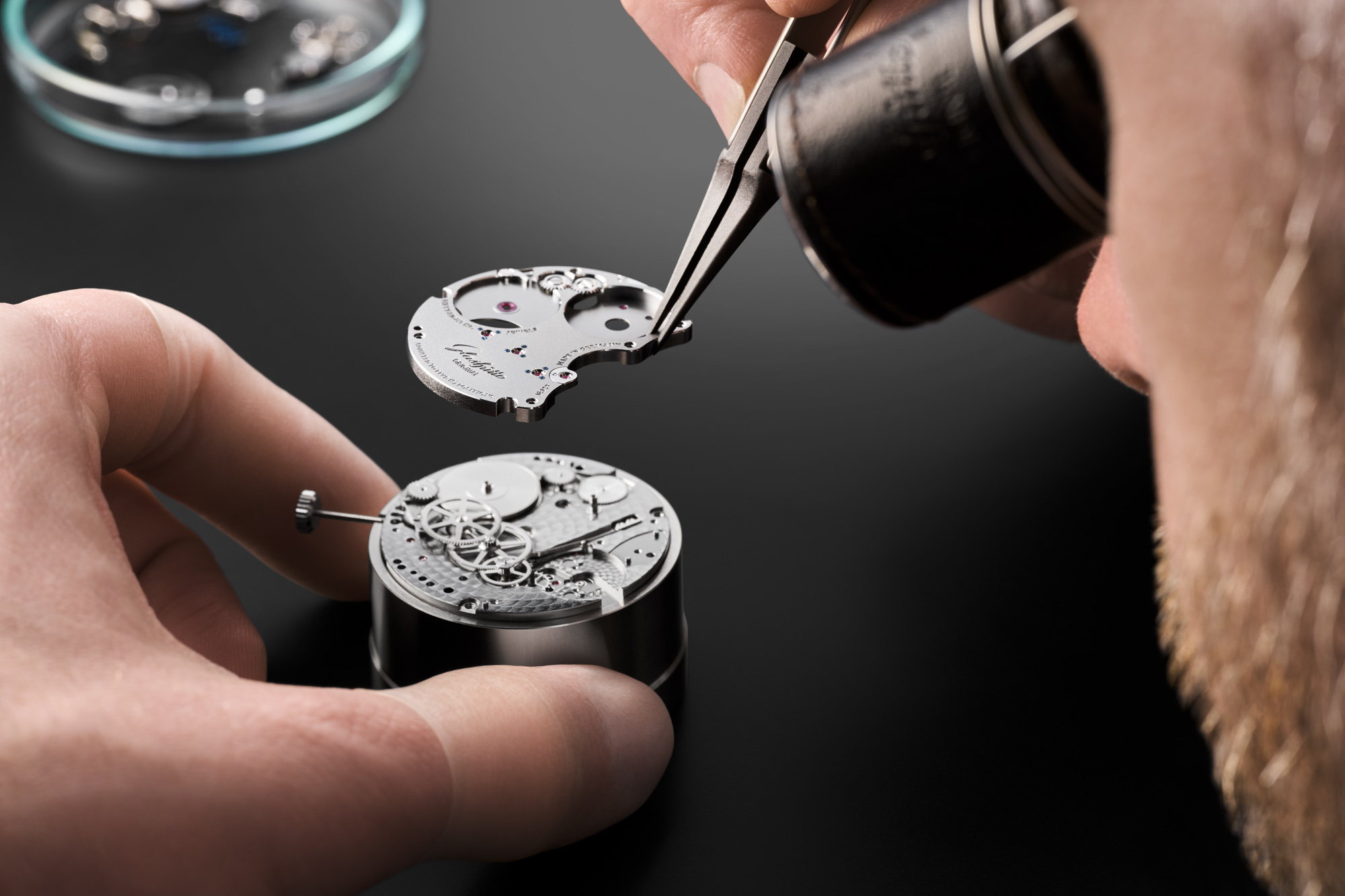
Before I even begin, I ought to make something clear. There are many brilliant watches and admirable efforts out there, within, as well as below and above, the affordable luxury segment. With that out of the way, it is time to talk about a trend that has been causing some of my gears to grind: the mid-to-long-term tendency to quietly eliminate real-world, tangible, measurable justifications of watches that have, mind you, been becoming ever more expensive at the same time. What would these be, specifically?
Well, this is always thin ice, because while I will bring some examples to your attention, I also urge you to do your own research based on the brands and requirements you are interested in and share your thoughts in the comments below. Ideally, real-world, tangible, measurable justifications of watches are independently verified, alternatively brand-verified qualitative aspects of a watch and/or its movement, including the quality of movement finishing and its timekeeping performance. Not that long ago, a decade and beyond, the race was still alive among brands large and small to create watches that are guaranteed, certified, or controlled to be beautiful, accurate, or, ideally, both.

COSC (Contrôle Officiel Suisse des Chronomètres) was set up in 1973 as an independent, non-profit organization that had no other goal or intention than to rigorously test and identify truly accurate Swiss watches. Although the first “Office for the Control of Civilian Watches” was established in Biel in 1878, COSC itself certainly was a response to the quartz crisis (the global takeover of cheaper and much more accurate battery-powered quartz watches from Japan) that was still blowing up right in the face of the Swiss watch industry at the time. Over the following decades, COSC became an unquestionable point of reference that separated truly accurate (mostly mechanical) watches from those that brands would simply market as such. For the record, many non-COSC-certified watches were in fact fantastically accurate, but when talking about mass-produced and mass-marketed Swiss watches, customers could turn to a so-called Chronometer Certification as an authoritative pledge of watch movement performance.

Some watches still come with a traceable COSC (or an alternative, e.g. Master Chronometer) performance report — though not as fancy as they used to be 20 years ago. Look at this report and tell me it did not signify pride in accuracy and engineering.
Thankfully, COSC is still kicking around, and, in keeping with its national traditions, it is not exactly talkative when it comes to informative statistics on the number of brands and/or movements submitted to its three laboratories for chronometer certifications. This, of course, serves the business secrecy requests of its client brands, which is understandable — or so it would be if it weren’t as recently as 2016 that COSC stopped sharing such information. A shame. Through some extensive research, we can find that the number of movements chronometer-tested by COSC was 200,000 in 1976, around 1.8 million per year in the mid-2010s, and a whopping 2,428,849 in 2022 (source: Federation of the Swiss Watch Industry, FH). That increase, you might think, counters my argument that actually fewer watches are put through their paces for independent verification of their performance.
The FH also shared that 56 “Swiss manufacturers” have submitted movements in 2022, but no further brand-based, quantity-related breakdown is available from COSC. What we do know is that we can attribute much of this increase to the increased production output of Rolex (estimated to be well over 1 million), Omega (570,000), and Breitling (180,000) — with every single Rolex, every single Breitling, and many Omega watches being submitted to COSC for chronometer certification. This is to say that while 56 brands might sound like a lot, it is understandable if you feel that actually not too many collections and references are made available with certified accuracy. For a start, it would be great if chronometers became much more ubiquitous, especially since some (like Formex, Tissot, Mido, and Zodiac) do occasionally release COSC-certified watches in the $1,000-$2,000 range.
Being a chronometer used to be a big deal — and rightfully so. I posit that watches marketed beyond a certain price point — I wonder where you would draw this line, I would call it, say, $1,500 — should all be certified for their accuracy. A timekeeping “accuracy” window of -10 or +15 seconds per day, -5 to +20 seconds per day, or similar, is so disappointingly broad, and yet even that is considered to be too strict by some. Tissot claims “the majority of mechanical watches (excluding certified chronometers) have average precision tolerances of between -10/+30 seconds per day;” TAG Heuer specifies “between -5 and +20 seconds per day.” Frederique Constant provides a shockingly detailed and impressive breakdown of its movements, base calibers, and their respective accuracy and winding-turns-till-full specs here — even though the accuracy tolerances vary greatly between the various movements, this breakdown is a breath of fresh air. Longines stays closer to COSC requirements by saying, “The majority of Longines watches have a precision of between -5 and +8 seconds per day” — mind you, this does not hold Longines to anything.

But there is so much more that is missing. I’ll ramble a bit, but do humor me as this shall give you a solid example of the refinement (and lack thereof) I am talking about. I shiver every time I pull the crown out on various supplied and even more so in-house movements only to feel it wobble in my hands and then begin to adjust the hour and minute hands with a dead zone of several minutes. What I mean is when you rotate the crown extensively but nothing yet happens to the hands. Such lack of fit and refinement should be a thing of the past — and when I say “past” I mean pocket watch movements made next to a flickering candlelight in the attic of a barn in the 1800s. In the age of multi-axis CNC machines and reliable alloys and base materials, the only thing keeping brands from making their movements feel tight and accurate while adjusting is themselves — more specifically the lack of drive to refine these components further. How do I know it is possible to do? Because some brands manage to get it right — and some, like Rolex, do so even on a mass-produced scale.

Watches that take accuracy of timekeeping and time telling to new levels, like the Glashütte Original Senator Chronometer, seen above, are extremely, extremely rare. If every bit of self-aggrandizing (companies using the phrases Manufacture, Maison, in-house, proprietary, accurate, precise, engineered, etc.) covered just 1% of the effort it takes to realize an accurate and refined movement, I would not be writing this article. Back to this “GO,” its (legitimately in-house) Calibre 58-01 is fitted with what the brand calls a “stop-second/reset mechanism with innovative minute detent.” With the simple action of pulling the crown out, the movement immediately resets its running seconds time display to zero (it is not a chronograph, but you can think of that as a reference for the reset) and, get this, as you turn the crown to set the time, the minute hand jumps in solid one-minute increments (detents).

Why? Because this way the seconds hand and the minute hand are always perfectly synchronized with each other — another shiver-inducing thing is when brands put out official images where the minute hand is right on its marker and the seconds hand indicates 30 or 40 seconds into the minute — and this way you can also sync your watch with a reference time as it advances by a minute. Oh, and the movement is of course chronometer certified, although not by COSC but by German Calibration Service. Now, this is the sort of “pursuit of accuracy” that I think is missing so bitterly from the greater industry. Half a century after most all currently used base calibers had been designed, is something along the lines of this too much to ask from the Swiss luxury watch industry? To turn their “relentless pursuit of accuracy” into something tangible and, arguably, a bit whimsical and playful, yet highly engineered? I am absolutely certain the engineering brainpower is more than ample and present within the industry — it is rather a lack of direction and priorities that I consider to be the reason why their talent has not yet been fully utilized.
View this post on Instagram
Movement finishing is another can of worms that I won’t be opening up today as there already is plenty in here to discuss. Okay, maybe just for a peak under the lid. The — frankly idiotic — categorization of brands such as the “Holy Trinity” (which, for the record, is the most narrow-minded, unconstructive, and non-beneficial way of closing out fantastic and worthwhile brands from one’s perspective) used to be based not just on history or timekeeping performance, but to a great extent also movement finishing and decorations. In a sad turn of events, the tides have all but turned on how high-end luxury brands approach this issue.

Many keen-eyed collectors and hobby photographers have discovered that despite considerable price hikes, numerous “top-tier” brands have considerably “detuned” their movement surface decorations. What used to be hand-refined anglage is now very often a machine-finished bevel where both the angle and the polish have been applied by (expensive) machines. As a result, a closer inspection, often with just bare eyes but without a loupe is enough to reveal the growing number of watches in the $30,000+ segment that lack the soulful and unique aesthetic that can only be achieved by craftspeople — and not by robots. What used to be a race to the top in the finishing game has, at times, turned into a race to the bottom — where the least amount of effort to the highest amount of profit ratio wins, and its detrimental long-term effect on the brand’s image (in the eye of seasoned collectors and customers who would be around supporting these brands when the athletes, rappers, and cryptobros have abandoned them for another blingy status item) does not appear to be factored in.
Many more words could be dedicated to the trends, discrepancies, and expectations related to watch movement performance and finishing. That said, I hope you get the sensation that I have from looking at the trends and “developments” of the greater watch industry over the last decade or so — which is not to discredit the impressive technical developments some have pursued at the same time. Let us know your thoughts and impressions on these in the comments below.

